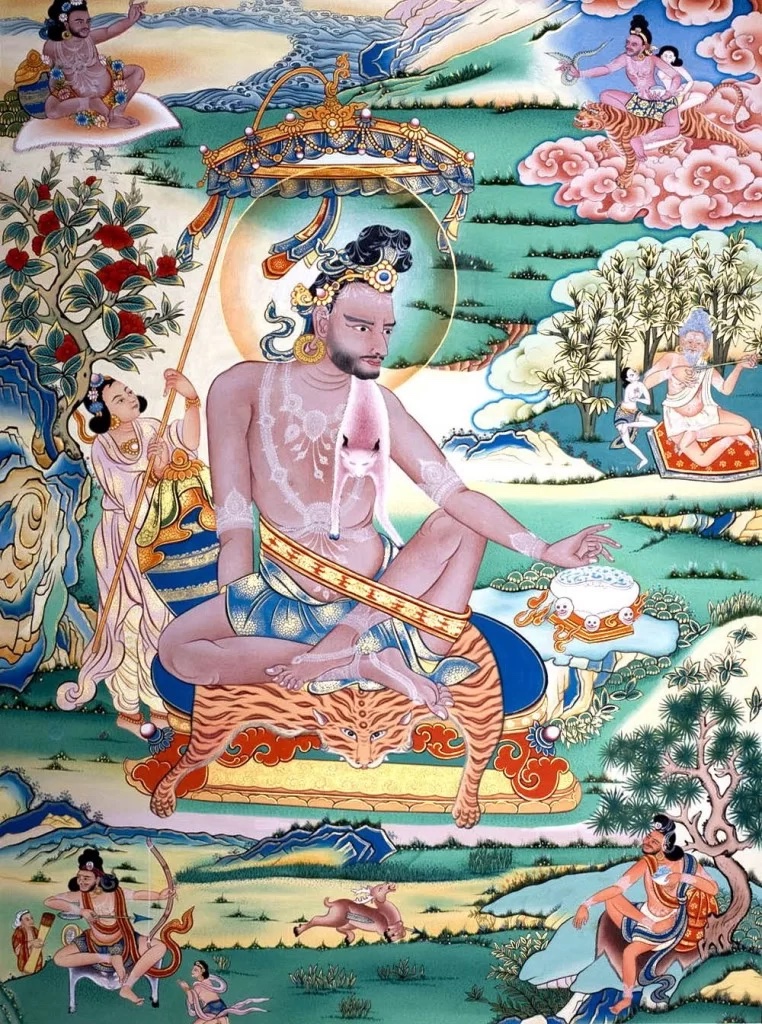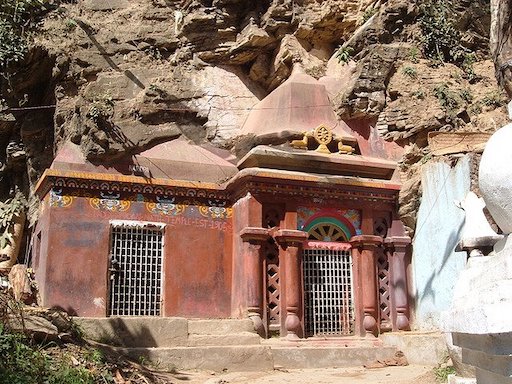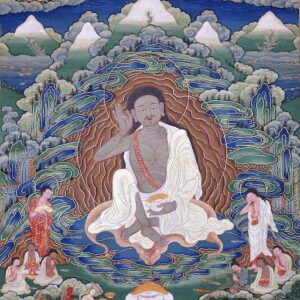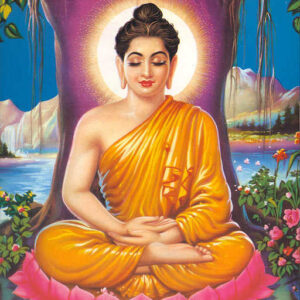This is the sadhana place of Naropa. There is a place to sit and meditate up to 4 people at once inside the cave at once. You can go into meditative states here effortlessly. Naropa, Tilopa & Bhairavi Caves are next to each other. If they are locked, you can ask the caretaker to open the caves.
How to get there
From Pashupatinath cremation grounds, walk upstream along the left banks of Bagmati River. As you walk upstream, you will see the entrance towards the left.
The cave of Naropa and his guru Tilopa is beside Pashupatinath temple, bank of the holy Bagmati River. Two different caves of Tilopa and Naropa are Cave is considered as the holy site because the cave is the place where Naropa received training and teaching from his Guru Tilopa and he had visions of Vajrayogini here. Tilopa, his Guru, also meditated in the cave just next to it. Vajrayogini appeared again and again to the Great Mahasiddha Naropa giving teachings. Naropa, after practicing these teachings attained perfect knowledge and wisdom.
Map: https://goo.gl/maps/Lgt71jVsApqbX1Gf8
About Naropa:
Nāropā or Naropa (Prakrit; Sanskrit: Nādapradā, 956-1041) was an Indian Buddhist yogi, mystic and monk. He was the disciple of Tilopa and brother, or some sources say partner and pupil, of Niguma. Naropa was the main teacher of Marpa, the founder of the Kagyu school of Tibetan Buddhism. As an Indian tantric Buddhist, he has a place in Vajrayana Buddhism as a whole, but he is particularly renowned in Tibetan Buddhism via his name being attached to the six yogas of Naropa, a suite of advanced yogic practices for the attainment of skills relevant to the completion stage of anuttarayogatantra.
Naropa is remembered for his trust and devotion to his teacher, which according to his namthar enabled him to attain enlightenment in one lifetime. He is also remembered as part of the ‘Golden Garland’, meaning a lineage holder of the Tibetan Buddhist Kagyu school, and was considered an accomplished scholar. A great meditator, Naropa is best known for having enumerated and developed the six yogas of Naropa. These practices were designed to help achieve a more rapid attainment of enlightenment. Many subsequent Kagyus Karmapas have been particularly adept at one or more of these six yogic practices, which in Vajrayana tradition were given by the Buddha, and have been passed on through an unbroken lineage via Tilopa to Naropa and up to the present day. Naropa is considered one of the eighty-four mahasiddhas, the ‘saints’ of tantric Buddhism. Naropa University in Colorado, USA was named in his honour.
Source: http://www.tamqui.com/buddhaworld/Naropa




